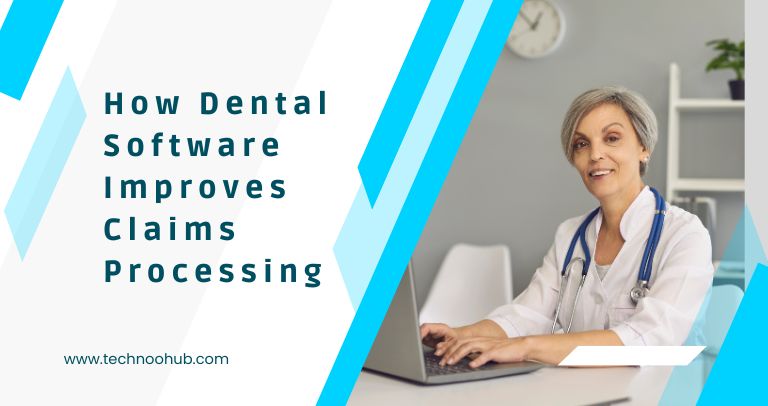The dental industry has come a long way in recent years, with technological advancements transforming many aspects of patient care and practice management. One area where these changes have been particularly impactful is in claims processing. Dental software has revolutionized the way dental claims are handled, greatly improving efficiency and accuracy in the process. Here are the key ways in which dental software has transformed claims processing for the better.
1. Streamlined Data Entry and Documentation:
One of the most significant advantages of dental software in claims processing is its ability to streamline data entry and documentation. In the past, dental practices relied on paper forms and manual record-keeping, which were not only time-consuming but also prone to errors. Dental software allows for the electronic capture of patient information, treatment details, and insurance data. This digital documentation reduces the risk of errors due to illegible handwriting or data entry mistakes.
Moreover, dental software often integrates with digital imaging systems, enabling the inclusion of X-rays and other diagnostic images directly into the patient’s record. It not only ensures that all relevant information is easily accessible but also provides a visual reference for insurance claims, improving their accuracy.
2. Real-time Eligibility Verification:
Dental software systems can connect to insurance carriers’ databases to provide real-time eligibility verification for patients. This feature allows dental providers to instantly check a patient’s insurance coverage, including benefits, deductibles, and co-pays, before starting any treatment. This reduces the likelihood of submitting claims for services that are not covered or underestimating the patient’s financial responsibility. By confirming coverage in real-time, dental practices can better inform their patients about expected costs and avoid claim denials due to eligibility issues.
3. Automated Claim Submission:
The traditional process of preparing and submitting paper claims can be cumbersome and prone to human errors. Dental software automates the claim submission process by generating electronic claims that can be sent directly to insurance companies. This automation not only saves time but also reduces the risk of inaccuracies that can lead to claim rejections.
Automated claim submission also facilitates faster processing on the insurance company’s end, as electronic claims are typically processed more quickly than paper ones. This results in faster reimbursements and improved cash flow for dental practices.
4. Electronic Remittance Advice (ERA):
Dental software systems often include electronic remittance advice (ERA) capabilities. ERAs provide a detailed explanation of benefits (EOB) in electronic format, allowing dental providers to easily reconcile payments from insurance companies. This eliminates the need to manually decipher and match paper EOBs to claims, reducing the risk of errors and speeding up the payment reconciliation process.
Additionally, ERAs can be automatically posted to the practice management software, updating patient accounts and financial records in real time. This automation ensures that all financial transactions are accurately recorded, reducing the risk of financial discrepancies and improving the overall accuracy of claims processing.
5. Claim Tracking and Follow-up:
Dental software provides robust tools for tracking claims and following up on unpaid or denied claims. The software can generate reports that provide the status of each claim, allowing dental practices to identify outstanding claims and take appropriate action. This proactive approach to claim management helps prevent delays in payment and ensures that no claims are overlooked.
Read More: arizona remote jobs at articlehubspot
Automated claim follow-up processes can also be set up in dental software, sending reminders and notifications to staff to check on the status of specific claims. This reduces the administrative burden on practice staff and helps ensure that claims are processed efficiently and accurately.
Conclusion
Dental software has revolutionized claims processing by improving both efficiency and accuracy. The transition from paper-based processes to digital, automated systems has streamlined data entry and documentation, provided real-time eligibility verification, automated claim submission, and integrated electronic remittance advice. Furthermore, dental software offers robust claim tracking and follow-up features and can integrate with electronic health records for a more comprehensive patient record. As the dental industry continues to embrace technological advancements, dental software will play an increasingly pivotal role in optimizing claims processing and ultimately enhancing the overall patient experience.


Be the first to comment on "Efficiency and Accuracy: How Dental Software Improves Claims Processing"